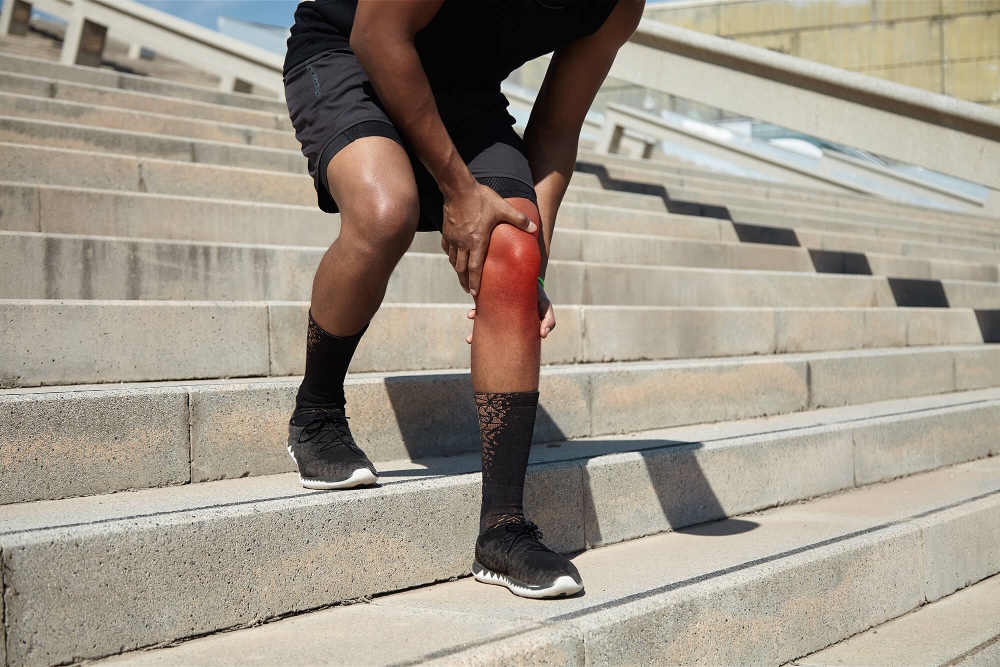Physical therapy plays a crucial role in the rehabilitation process for individuals recovering from knee injuries or undergoing knee surgery. It serves as a vital component of the overall treatment plan, aiming to restore strength, flexibility, and function to the affected knee joint. Let’s delve into why physical therapy is so important and the benefits it brings to knee rehabilitation.
One of the primary objectives of physical therapy in knee rehabilitation is to alleviate pain and reduce swelling while promoting the healing process. Through a variety of hands-on techniques and targeted exercises, physical therapists work closely with patients to help them regain optimal range of motion in the knee joint. By carefully assessing each individual’s condition, therapists develop personalized treatment plans that address their specific needs and goals.
During knee rehabilitation, physical therapists employ a range of techniques to facilitate recovery. Manual therapy, for instance, involves skillful hands-on techniques that improve joint mobility and enhance flexibility in the surrounding soft tissues. This hands-on approach helps to alleviate stiffness, increase blood flow, and restore normal joint function. Additionally, therapeutic exercises are an integral part of physical therapy, focusing on strengthening the muscles around the knee to enhance stability and support. These exercises might include targeted leg lifts, squats, and balance exercises, all designed to improve overall knee function and regain strength.
In addition to manual therapy and exercises, physical therapists may incorporate other modalities into their treatment plans. For example, they might use ultrasound, electrical stimulation, or cold therapy to further aid in pain management and tissue healing. Ultrasound and electrical stimulation can help reduce inflammation, alleviate discomfort, and promote the body’s natural healing process. Cold therapy, on the other hand, can effectively reduce swelling and provide relief from pain.
However, physical therapy extends beyond the walls of the clinic or rehabilitation center. Physical therapists empower their patients with knowledge about their condition, providing education on proper body mechanics, posture, and techniques to prevent future knee injuries. By understanding how their bodies work and learning preventive measures, patients become active participants in their own recovery journey.
The benefits of physical therapy in knee rehabilitation are extensive and far-reaching. By improving knee strength, flexibility, and stability, physical therapy helps individuals regain functional independence and return to their daily activities with confidence. It also plays a crucial role in facilitating a safe return to sports and other physical pursuits by focusing on sport-specific exercises and movements tailored to the individual’s needs.
Moreover, physical therapy can sometimes help individuals avoid the need for surgical intervention. Through a structured rehabilitation program and diligent adherence to the prescribed exercises and techniques, patients can experience significant improvements in their knee condition, potentially reducing the necessity for invasive procedures.
To sum it up, the role of physical therapy in knee rehabilitation is paramount. It equips individuals with the necessary tools and guidance to optimize their recovery, enhance mobility, and improve their overall quality of life. By working closely with skilled physical therapists, patients can achieve long-term success in their journey toward restored knee function and improved well-being.
Remember, when it comes to knee rehabilitation, physical therapy is an indispensable aspect of comprehensive care. It offers immense benefits, including pain reduction, enhanced strength and flexibility, and a faster return to normal activities. If you are experiencing knee issues or have undergone knee surgery, consult with a physical therapist who can design a personalized rehabilitation program tailored to your unique needs. With their expertise and your commitment, you can regain optimal knee function and get back to doing the activities you love.


